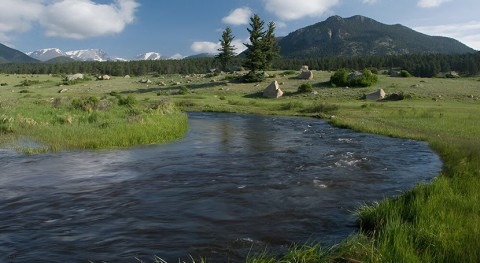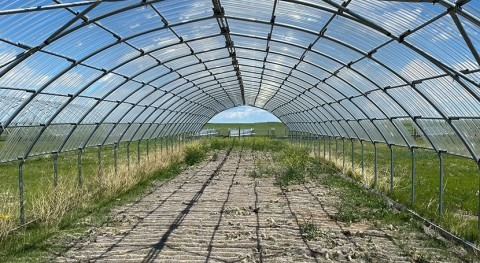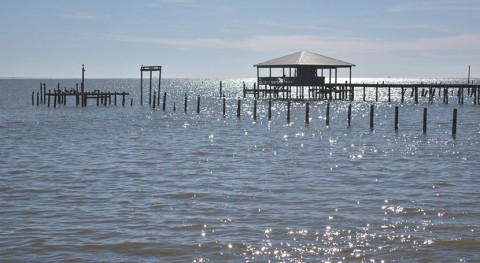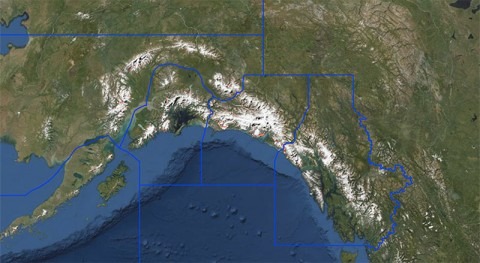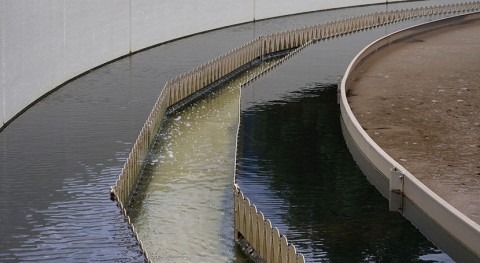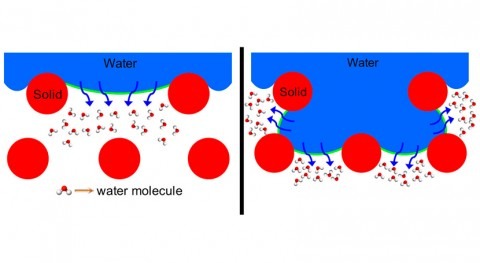Altering streamflow can endanger the ecosystems that rely on it, but researchers have lacked data on how human infrastructure has impacted streamflow in the U.S. Now, a study involving a Colorado State University researcher has mapped streamflow alterations across the continental U.S., providing a wealth of data for determining societal impacts on ecosystems.
 This figure from the study maps the varying amount of streamflow alteration across the U.S.
This figure from the study maps the varying amount of streamflow alteration across the U.S.
Up to 80% of rivers and streams in the contiguous United States have been modified to some degree by human structures. Understanding the relationship between these modifications and ecological responses is key to enacting management policies that balance societal and ecological water needs.
Using measurements from more than 7,000 stream gauges, researchers developed a predictive model of hydrologic alteration and consequences for native fish biodiversity. They applied it to more than 2.6 million streams, creating a comprehensive dataset.
“This study provides data on changes in flow not just on the major rivers but on basically every significant stream segment that we know exists,” said co-author Ryan Morrison, a CSU Civil and Environmental Engineering associate professor.
The researchers say the dataset could close gaps in regional data necessary for setting environmental flow standards and provide a tool for prioritizing streamflow protection or restoration.
“Environmental flows are necessary to protect river ecosystems; however, quantifying those flows is difficult and subject to limited data,” said Ryan McManamay, lead author and assistant professor of environmental science at Baylor University. “Our assessment helps fill large information gaps and provides some of that much-needed information for river conservation.”
The study, published in Nature Scientific Data, notes that although freshwater ecosystems account for less than 0.5% of Earth’s surface water, these systems harbor 7% of the world’s species and one-third of all vertebrates.
“Even among freshwater ecosystems, rivers and streams are considered numerically rare despite providing disproportionate services to society, ultimately leading to their over-exploitation,” McManamay wrote.
The researchers examined U.S. Geological Survey stream gauge data and the human influences affecting those streams. They then used machine learning and geospatial information on human alterations in the basins without gauges to predict flow impacts in those basins.
Based on previous research assessing fish responses to changes in flow, they predicted fish biodiversity loss in human-modified streams. They found the hydrologic alteration models performed well during validation, while the modeled ecological responses were less accurate due to a shortage of data and the complexity of factors.
The researchers see this dataset as a tool for future research on river ecosystems.
“Hopefully this study will be used to explore other questions related to ecosystems within riverine environments or in conjunction with other large-scale spatial datasets that might overlap with this data,” Morrison said. His group already has used the dataset in studies on floodplain health.




